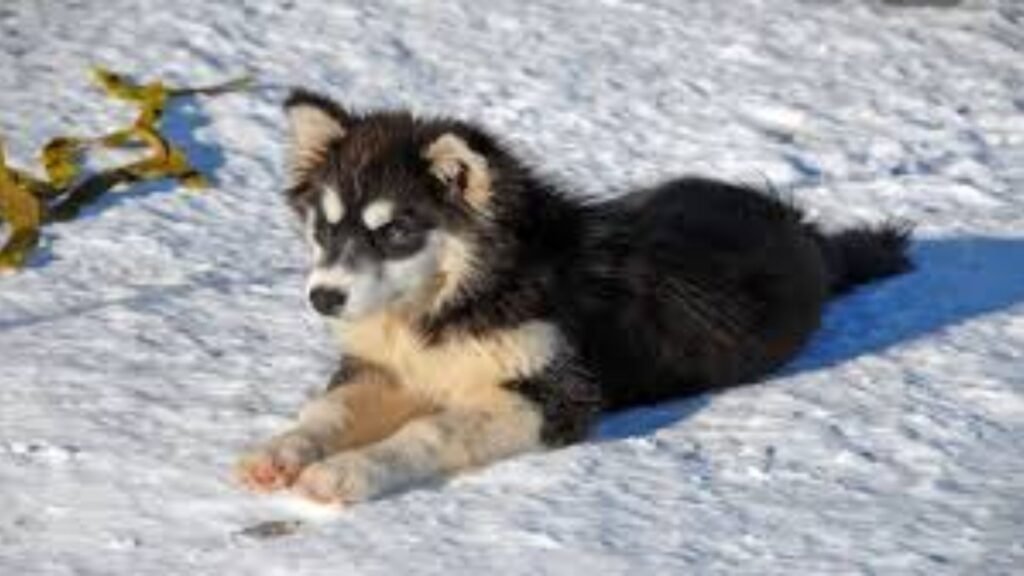
The Arctic’s unforgiving cold, with temperatures plunging below -40°F and relentless winds, poses unique challenges for dogs. Even hardy breeds like Siberian Huskies or Alaskan Malamutes need specialized care to thrive in such extremes. This guide dives into 10 actionable tips to protect your dog’s health, comfort, and safety in Arctic climates, using low-competition keywords to help your content stand out. Let’s get started!
❄️ 1. Invest in Arctic-Grade Protective Gear
Low-Competition Keywords: Extreme cold dog apparel, Arctic canine winter gear, subzero dog boots
While dogs have natural fur coats, Arctic conditions demand extra protection. Equip your pup with:
- Insulated Dog Jackets: Opt for windproof, water-resistant materials like Gore-Tex. Brands like Hurtta or Ruffwear offer jackets rated for -50°F.
- Polar Dog Boots: Protect paws from ice melt chemicals and frostbite. Look for boots with Vibram soles and adjustable straps (Dog Booties by Musher’s Secret).
- Balaclavas for Dogs: For breeds with short snouts (e.g., Bulldogs), use breathable face covers to prevent frostbite.
Pro Tip: Acclimate your dog to gear gradually to avoid stress.
🐾 2. Master Paw Care to Prevent Frostbite
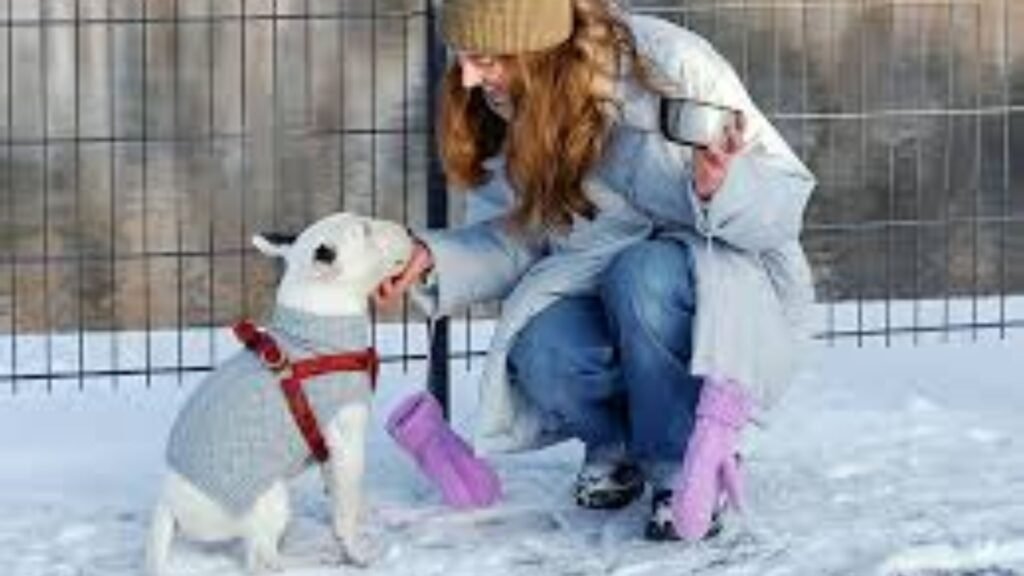
Paws are vulnerable to ice buildup and cracking. Follow these steps:
- Trim Interdigital Fur: Excess fur between toes traps ice. Use rounded scissors for safe trimming.
- Apply Polar Paw Balm: DIY a balm with beeswax, coconut oil, and shea butter to create a protective barrier.
- Rinse After Walks: Remove ice melt residue with lukewarm water to prevent chemical burns.
Did You Know? Frostbite often affects paw pads first—watch for pale or bluish discoloration.
🥘 3. Optimize Nutrition for Extreme Cold
Cold weather increases calorie needs by up to 30%. Adjust your dog’s diet with:
- High-Fat Proteins: Incorporate salmon, mackerel, or lamb to boost energy.
- Hydrating Foods: Offer bone broth or wet food to combat dehydration (common in dry Arctic air).
- Frequent Small Meals: Split meals into 3–4 portions to maintain metabolism.
Avoid overfeeding carbohydrates, which can cause energy crashes.
🚰 4. Prevent Water Freezing with Heated Solutions
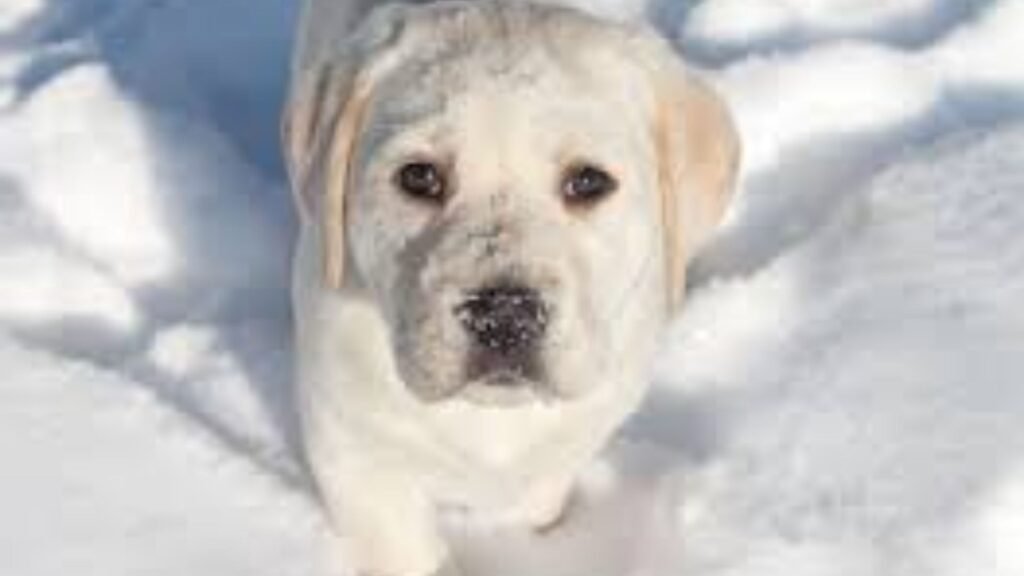
Dehydration is a silent threat in freezing weather. Use:
- Heated Stainless Steel Bowls: Brands like K&H Pet Products offer thermostatically controlled bowls.
- Portable Water Bottles: Insulated bottles with sipper lids for outdoor adventures.
- Ice-Free Hydration Hacks: Add a pinch of salt to water (vet-approved) to lower freezing points slightly.
Warning: Never let your dog eat snow—it lowers body temperature!
🏠 5. Create a Storm-Proof Shelter
Even outdoor dogs need refuge from blizzards. Build or modify shelters with:
- Straw Bedding: Retains heat better than blankets or towels. Replace weekly.
- Raised Flooring: Elevate the shelter 6 inches to prevent ground frost seepage.
- Door Flaps: Use heavy-duty vinyl strips to block wind while allowing entry.
Ideal Size: The shelter should be just big enough for your dog to curl up—cozy spaces retain body heat.
🐕 6. Adjust Exercise Routines for Safety
Exercise is crucial but risky in extreme cold. Follow these rules:
- Shorten Walks: Limit outdoor time to 15–20 minutes during -30°F spells.
- Avoid Thin Ice: Stick to marked trails and use a long leash near frozen water.
- Post-Walk Checks: Inspect paws for ice balls and dry your dog’s coat immediately.
Fun Alternative: Indoor agility courses using household items!
🌡️ 7. Recognize Hypothermia Early
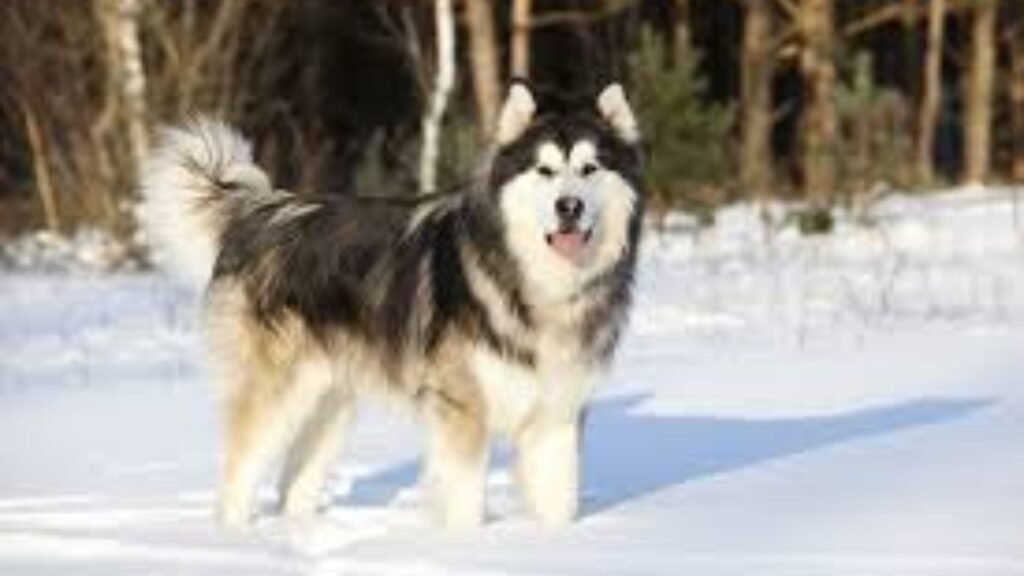
Hypothermia (body temp below 98°F) can be fatal. Spot the signs:
- Mild Stage: Shivering, lethargy, whining.
- Severe Stage: Dilated pupils, shallow breathing, collapse.
Immediate Action:
- Move your dog indoors.
- Wrap them in warm (not hot) blankets.
- Offer lukewarm fluids.
- Vet Alert: Contact a vet if symptoms persist.
✨ 8. Groom for Insulation, Not Style
A well-maintained coat is a dog’s best insulator. Tips:
- Avoid Overbathing: Bathing strips natural oils. Use dry shampoo between washes.
- Brush Daily: Remove loose undercoat to improve air trapping. A Undercoat Rake works best.
- Trim Wisely: Only trim fur between paw pads—never shave your dog!
Myth Buster: Snow doesn’t “stick more” to long fur—it actually creates a protective layer.
🧠 9. Combat Cabin Fever with Mental Stimulation
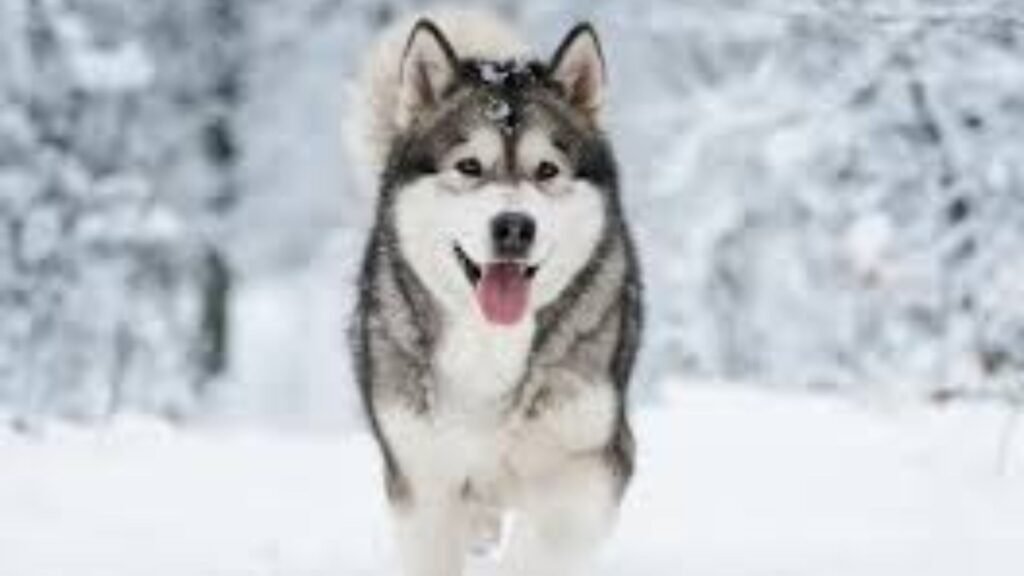
Boredom peaks during long Arctic nights. Keep your dog engaged with:
- Scent Games: Hide treats in DIY snuffle mats.
- Puzzle Feeders: Slow feeders like Kong Wobbler challenge their minds.
- Training Sessions: Teach new commands like “touch” or “spin” to burn mental energy.
Pro Tip: Rotate toys weekly to maintain novelty.
🚑 10. Prepare an Arctic-Specific First Aid Kit
Blizzards can delay vet access. Stock your kit with:
- Instant Heat Packs: For emergency rewarming.
- Paw Repair Kit: Balm, gauze, and vet wrap.
- Thermometer: To monitor body temperature.
- Emergency Contacts: Include a vet familiar with frostbite treatment.
Practice: Simulate emergencies to react calmly in crises.
❓ FAQs: Arctic Dog Care
Q: Can short-haired breeds survive Arctic winters?
A: With gear, shelter, and limited outdoor time—yes. Monitor closely for shivering.
Q: How often should I check my dog’s paws?
A: After every walk! Ice and salt cause damage quickly.
Q: Are heated beds safe?
A: Yes, if they’re chew-proof and thermostatically controlled.
